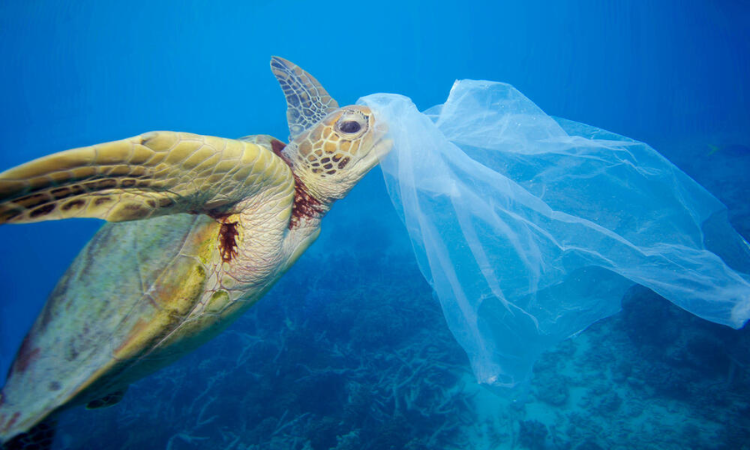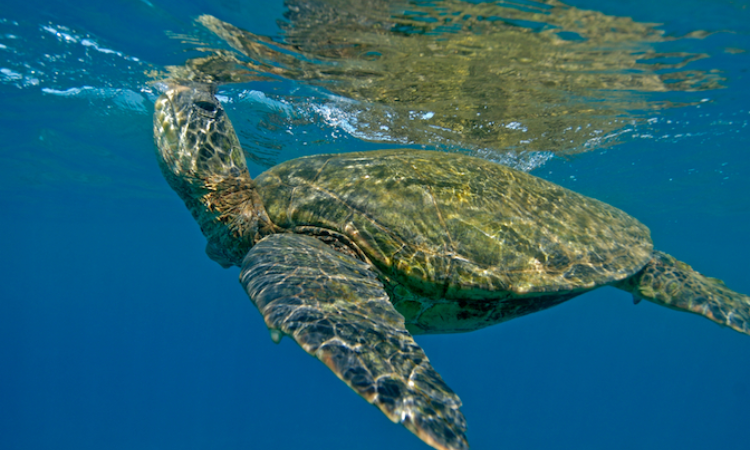What Constitutes the Food Diet of Leatherback Turtles?: The Leatherback Turtle, a magnificent and long-lived animal inhabiting the vast oceans of the globe, is famous for its large size and distinctive appearance. To fully understand these incredible animals, it is necessary to examine their dietary habits. Learn What Constitutes the Food Diet of Leatherback Turtles?
Overview: The Mysterious Leatherback Turtle
We need to learn more about these enigmatic creatures before we can even begin to guess what the Leatherback Turtles like to eat. Leatherbacks, formally known as Dermochelys coriacea, are the biggest marine turtles on Earth. Their distinctive leathery shell sets them apart from hard-shelled turtles. Their extensive migration patterns include every ocean on Earth, making them an intriguing research topic for marine biologists and ocean enthusiasts.
The highest point in the marine food web
Even though they appear somewhat calm, leatherback turtles are some of the most formidable predators in the ocean. The vast majority of their food consists of jellyfish, making them vital population regulators. To make jellyfish eating easier, these turtles have adapted in peculiar ways, such as developing a particular neck form. An intricate marine food chain is illustrated by the interdependence of jellyfish and leatherback turtles.
Beyond Jellyfish: A Diverse Diet
Leatherback turtles eat a wide variety of foods, while jellyfish make up a significant portion of their diet. Comb jellies and salps are only two of the many gelatinous species that they cater to. The adaptability of their diet is indicative of the remarkable intelligence these creatures possess in navigating the ever-changing oceanic environment. This is proof that Leatherback Turtles can thrive in a wide range of aquatic environments.
Marvels of Navigation: Snatching Prey
An incredible display of instinct and precision characterizes the leatherback turtle’s foraging journey. These sea turtles are master navigators, able to cover vast distances in search of schools of their preferred food. Ocean currents, jellyfish abundance, and temperature gradients are believed to influence their foraging patterns. Even more, an enigma surrounds the realm of leatherback turtles as this astounding display of biological navigation is unveiled.
The Impact of Global Warming on Food Consumption
The distribution of marine species and, by extension, the dietary patterns of leatherback turtles, have both been shown to be significantly impacted by climate change in recent years. Changes in the distribution of prey species and fluctuations in sea surface temperatures can impact the food supply available to these turtles. A knowledge of these processes is crucial for conservation efforts that aim to save the Leatherback Turtle population.
Obstacles to Conservation: Dangers Caused by People
Although leatherback turtles are very adaptable, they are nevertheless confronted with several threats, a great deal of which are attributed to human actions. Problems that these turtles encounter include eating marine debris, becoming entangled in fishing lines, and having their nesting grounds affected by development along the shore. Conservation efforts are crucial for reducing these hazards and ensuring the survival of Leatherback Turtles in marine habitats while preserving their unique food relationships.

Conservation Cooperation on a Global Scale
Leatherback turtle conservation requires a concerted global effort.
On joint initiatives, governments, NGOs, scientists, and local communities must all work hand in hand. Protecting nesting habitats, using fishing techniques that are gentler on turtles, and limiting marine trash are all necessary steps toward ensuring the continued existence of these amazing creatures.
Education Outreach: Encouraging Ocean Protectors
Education is a powerful tool for conservation efforts. People are more likely to take responsibility when they are informed about the importance of leatherback turtles, the foods they eat, and the threats they face. By educating the next generation about these legendary seafarers, we have a chance to inspire them to become ocean stewards who will fight for the survival of all marine species.
Leveraging Technological Means to Monitor
New technological possibilities for monitoring and protecting leatherback turtles are quite encouraging. Data analytics, underwater drones, and satellite tracking allow researchers to get crucial information about the turtles’ whereabouts, eating patterns, and nesting practices. Not only does this data contribute to expanding our understanding of the world, but it also helps direct targeted conservation initiatives.
Striking a Balance Between Exploration and Preservation
Tourism can have both positive and negative effects on efforts to preserve leatherback turtles. Both the local economy and public awareness of the importance of these gorgeous creatures. It can benefit from ecotourism initiatives that prioritize ethics and the environment. The preservation of breeding and foraging areas. As well as the delicate equilibrium between human enjoyment & wildlife conservation necessitates certain rules.
Climate-Resilient Conservation: Adapting to Change
To combat climate change, adaptive conservation strategies are crucial. We can make proactive changes to conservation efforts if we know how Leatherback Turtles are affected by changes in temperature, ocean currents, and the distribution of prey. Maintaining the effectiveness of our efforts to save these ancient mariners in their home waters, which are always changing, depends on our ability to be adaptable.
Each Contribution Matters: Everyone Must Do Their Part
In the grand scheme of things, every little thing helps with conservation. Participating in beach clean-ups, advocating for sustainable fishing techniques, or reducing the use of single-use plastics are all ways that anyone can help leatherback turtles. It is our collective responsibility to protect the oceans, and by doing so, we can help guarantee the continued existence of these incredible creatures.
Final Thoughts: A Nature-Based Future
Finally, examining leatherback turtles’ diets can help us better understand the intricate web of relationships that exists across marine ecosystems. Preserving these historic vessels is more than just a scientific endeavor. It is an effort to bring humanity into harmony with the natural environment.
Amid our conservation efforts, let us dream of a world where leatherback turtles gracefully glide across the waves. Symbolizing the strength and beauty of a balanced planet. The seas’ enduring beauty, which cradles our earth. It is a continual reminder of the importance of our actions now. In ensuring the survival of these massive creatures tomorrow.
I hope you like the part where we talked about What Constitutes the Food Diet of Leatherback Turtles. For more content like this, visit our website reptilein.com.

